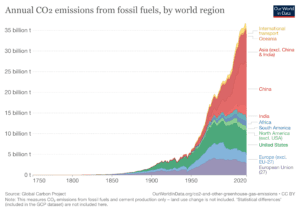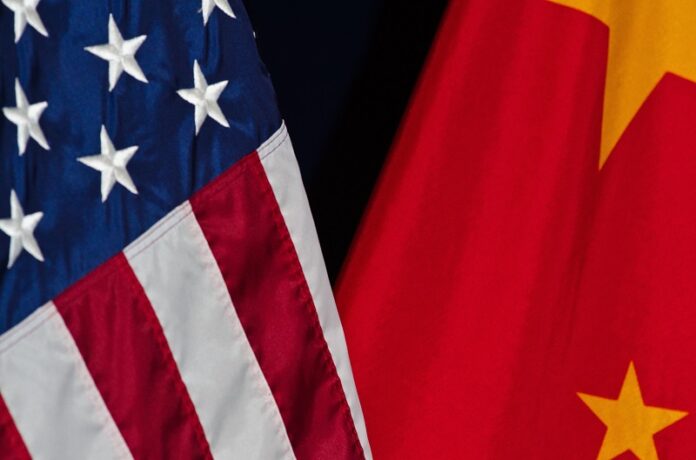In response to US House Speaker Nancy Pelosi’s visit to Taiwan, China has been engaging in a series of military drills including missile, aerial, and naval exercises that came close to Taiwanese territory. There have even been reports of missiles passing over Taiwan Island for the first time. The drills were initially reported to end on Sunday but have since been ongoing and could continue until September. On Friday, China said it would cut climate and military ties with the United States. China still recognizes Taiwan as its territory despite Taiwan’s more than 70 years of independence.
US-China relations have been escalating for years. But the Taiwan conflict has received heightened attention since Russia’s invasion of Ukraine. The China/Taiwan conflict follows the trend away from globalization and international trade toward regional hegemonies exerting control over their respective economic zones. It’s not something that has taken form yet. But, it’s certainly a risk that many fear could happen if the United States embraces isolationist practices.
China’s rocky military cooperation with the United States isn’t too surprising. However, a disregard for climate goals is a major problem. China has roughly 18% of the world’s population but is responsible for a staggering 31% of carbon dioxide (CO2) emissions.

At the same time, the International Energy Agency (IEA) estimates that roughly one third of global onshore solar and wind energy capacity is in China. China consumes just over half of the world’s coal, but only 13% of global oil and just 5% of global natural gas. Part of the reason for coal/renewable energy dependence is that China’s rapidly developing economy saw much of its industrialization occur in the 20th century, which has seen declines in renewable energy costs. However, the better reason is likely geopolitical, as China is a net oil and natural gas importer but can produce its own coal, wind, and solar energy with relative ease.
Like it or not, the world needs China’s cooperation if it wants to avoid increasing global average temperatures by 2.7°F (1.5°C) compared to pre-industrial levels. In March, the United Nations reported that there was a 93% likelihood that one of the years between 2022 and 2026 would be the hottest on record. At the time of the Paris Agreement in 2015, there was a negligible chance that global temperatures would temporarily cross the 2.7°F level. Now, reports indicate there is nearly a 50% chance it will happen within the next five years. If China backs out of its climate commitments, that chance could creep toward 100%.

















